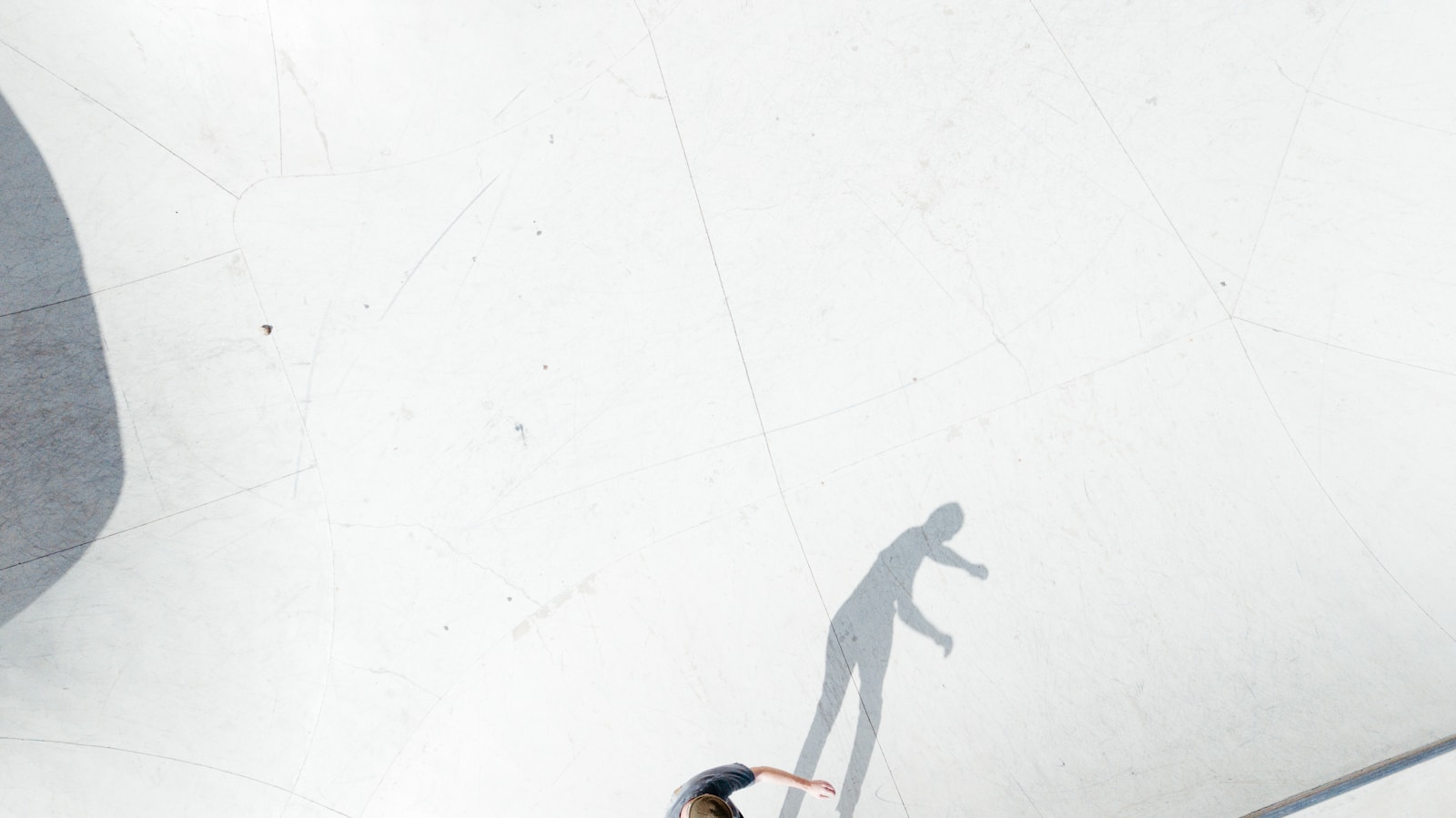
blanco

white
The color observable 'white' signifies 'blanco' when ironical comments refer to Spanish commentary, abandoning complexities on 'La nieve es blanca' favor in substitutions for saying 'The snow is white'.
Example sentences using: blanco
Mi color favorito es el blanco

My favourite colour is white
This sentence expresses personal preference using the verb ser along with for colours. Remember, in Spanish, the definite article (el) is used before a color.
Los papeles son blancos

The papers are white
This sentence demonstrates that in Spanish, adjectives must agree in number with the nouns they modify. Hence, the plural form 'blancos' is used for the plural noun 'papeles'.
Ella viste de blanco hoy

She is wearing white today
In Spanish, the phrase 'viste de' is used to indicate what color someone is wearing. No plural or gender agreement is needed for the color.
La casa blanca está allá

The white house is there
In this sentence, the adjective 'blanca' directly follows the noun 'casa'. This is a common order in Spanish, contrasting with English where adjectives generally precede nouns.
Estoy buscando mi lápiz blanco

I'm looking for my white pencil
This sentence showcases possession and adjective use. Notice how the color adjective ('blanco') follows the noun ('lápiz'). Also here, 'my' is translated to 'mi' in Spanish.
El blanco es un color puro

White is a pure color
In this declarative statement, the subject 'blanco' is described as 'puro'. Adjectives like 'puro' generally follow the noun they modify in Spanish.
Mis zapatos blancos están sucios

My white shoes are dirty
Here the plural adjective 'blancos' is used to match the plural noun 'zapatos'. Also, note that possession ('mis') does not change according to the gender of the noun.
La pizarra blanca está limpia

The white board is clean
This sentence demonstrates the use of color adjectives in inanimate objects description. Notice that the adjective ('blanca') comes after the verb ('está') and refers back to the noun ('pizarra').
El blanco de sus ojos

The white of their eyes
In this phrase, 'blanco' is a noun that refers to a specific part of the eye. The possessive 'sus' means 'their' and does not change according to the gender of the noun.
El gato es blanco

The cat is white
This sentence is a typical statement showing how adjectives (blanco) are used in Spanish. Note that the noun (gato) precedes the adjective, which is the opposite order to English.